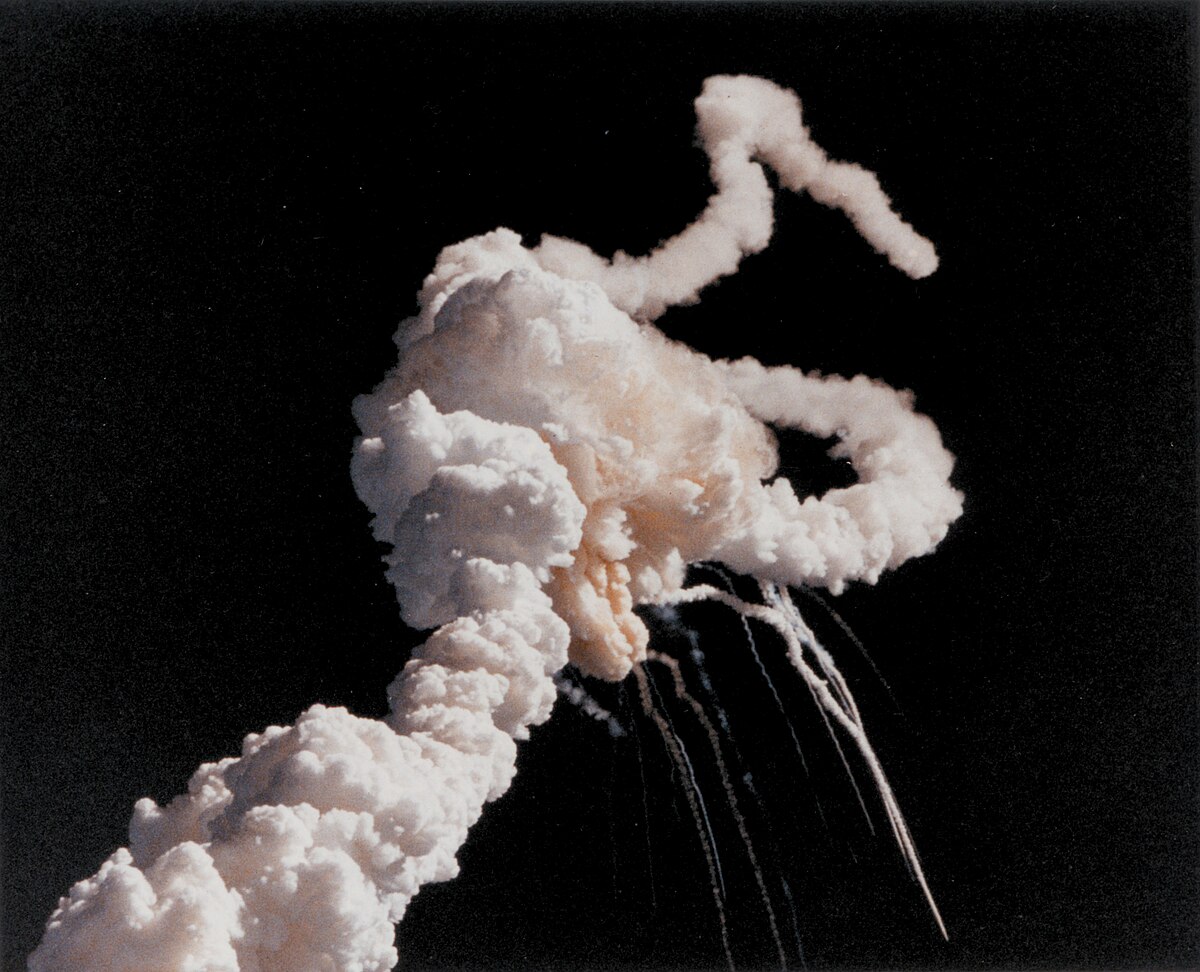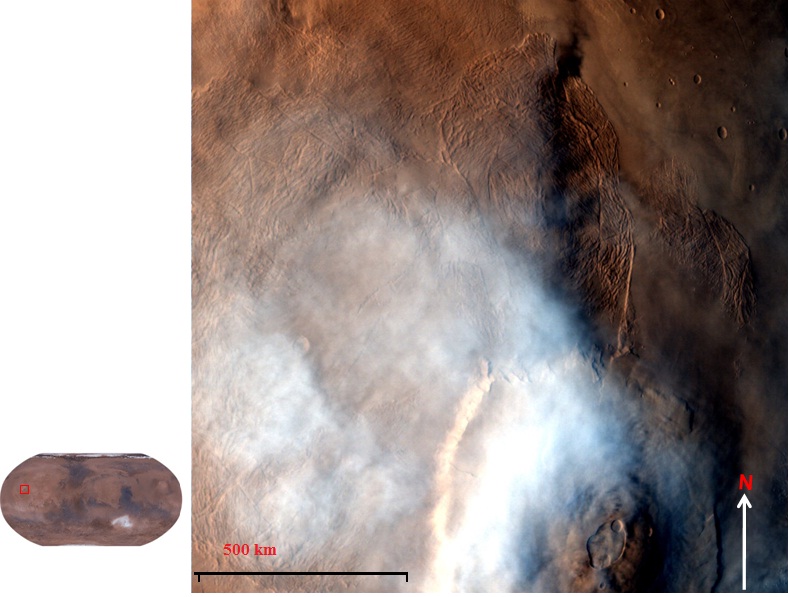In reply to an inveterate lier masquerading behind an Iranian false flag (user:
sha-ah), that reposted no less than 3 times the same rubbish, here a small clarification.
And not in the Iranian Space thread, as obviously the intent of the poster was only for trolling and disinformation.
The most devastating space related disaster of all time
The Nedelin Disaster
A rush job ended with nearly 100 lives lost when a fully-fueled rocket ignited on the launchpad during testing.
October 22, 2010
There's some justice in the fact that the worst rocket accident in history, which happened 50 years ago this week, is remembered by the name of the man who caused it.
Marshal Mitrofan Nedelin was an ambitious military leader who rose to command the Soviet Union's Strategic Missile Forces during the Cold War. In the autumn of 1960, his main focus was developing the new R-16 intercontinental ballistic missile, which was meant to be an answer to the American Atlas. According to Soviet rocket designer Boris Chertok in his landmark history Rockets and People, work on the R-16 was proceeding ahead of schedule, with a target date of July 1961 for the first launch, when Nedelin upped the ante: He would launch by November 7, in time for the 43rd anniversary of the Soviet revolution.
Nedelin's desire for glory cost him his life, and the lives of nearly 100 others. Rushing the schedule led exhausted workers to take all kinds of short cuts and risks, including continuing to work on the missile after it was fully fueled on the launch pad at Baikonur, with some 250 people milling around within close range.
On the evening of October 24, a cascading series of errors, including a mistaken switch setting, led to a rocketeer's worst nightmare: the R-16's second stage fired on the pad, still attached to the first stage underneath it, which immediately exploded.
Chertok describes the scene:
Propellant components splashing out of the tanks soaked the testers standing nearby. Fire instantly devoured them. Poisonous vapors killed them. Of course, the quality of the film frames is not up to today's standards but when viewed in slow motion you can see how the missile and erector burned and how the frantic people trapped on the service platforms jumped straight into the fire and were instantly consumed. The enormous temperature at a significant distance from the epicenter of the fire burned peoples' clothing, and many of those fleeing who got bogged down in molten asphalt burned up completely.
|
There was an investigation, but no witch-hunt or official blame. Soviet authorities decided that being on the scene of the accident was punishment enough for the engineers and technicians who survived. Families of the victims were told to keep quiet, and the first detailed accounts of the accident were not published until the late 1980s.
As for Marshal Nedelin, he was near the base of the missile at the time of the explosion, and perished in the blast. Writes Chertok: "The majority of the dead were unrecognizable. ... Nedelin was identified by the 'Gold Star' medal that had survived."
A new documentary on the Nedelin disaster will air on Russian TV this weekend:
https://www.airspacemag.com/daily-planet/the-nedelin-disaster-146124579/
https://www.youtube.com/watch?v=dqT90VmYgEU
But, this is nothing compared to the Space Shuttle Columbia disaster, that was even worse if one consider that military or civilian casualties covered by state secrecy inflict lesser national humiliation and loss of international prestige, compared to the death of one's first ever astronaut televised live worldwide!
The Space Shuttle Columbia disaster was a fatal disaster in the United States space program that occurred on 1st February 2003, when the Space Shuttle Columbia (OV-102) disintegrated as it reentered the atmosphere, killing all seven crew members. The disaster was the second fatal accident in the Space Shuttle program, after the 1986 breakup of Challenger soon after liftoff.
Ilan Ramon
Ilan Ramon, a colonel in the Israeli Air Force was the first Israeli astronaut, and was killed in the re-entry accident with all the six other crew members.
With Ilan Ramon's death, Israel is to this day, the only nation in the world to have lost its first ever astronaut during a maiden spaceflight.
https://archive.is/0WUZC/93e8c8bbf76711aa4f5214f007382893bfcc483d.jpg ; https://archive.is/0WUZC/7caab1bfa4fed8cdaf1ed6f5b0e6b5460a2dee4f/scr.png ; https://web.archive.org/web/20201128054552/https://israelforever.org/images/faded_Star_of_David.jpg ; https://web.archive.org/web/20210131173017/https://israelforever.org/interact/blog/defining_moments/ ; https://archive.ph/UodQ6
▲ 1. The tattered remains of an Israeli Air Force flag which Ramon carried into space, found among the debris in Texas.
The Columbia Disaster Was Worse Than You Thought
1,190,789 views •Apr 27, 2020
https://www.youtube.com/watch?v=aXiZ3RHR3bg
Conclusion, if Iran's first astronaut can't make it back alive to Earth, it won't beat the Israeli record!
Source:

en.wikipedia.org
Recap by order of gravity:
5. 
On 15 February 1996, a Long March rocket carrying the Intelsat 708 Satellite veered off course immediately after launch, crashing in the nearby village 22 seconds later, destroying 80 houses. According to official Chinese reports there were 6 fatalities and 57 injuries resulting from the incident, but other accounts estimated 100 fatalities.
4. 
The Nedelin Disaster was worse with 300 casualties including top rocket scientists, delaying the development of the R-16 ICBM.
3. 
The Bidganeh arsenal explosion was a large explosion that occurred about 13:30 local time, 12 November 2011 in Iran's Moddares garrison missile base. The facility is also referred to as Shahid Modarres missile base,[1] and the Alghadir missile base.[2] Seventeen members of the Revolutionary Guards were killed in this incident,[3] including Major General Hassan Moqaddam, described as "a key figure in Iran's missile programme".
The consequences have been devastating for Iran with the loss of its Chief designer General Hassan Tehrani Moggadam, delaying severely the development of the Qaem SLV. Indeed, a decade later, as of 2021, this 3.5 meter diameter rocket has still not been flown.
2. 
The Brazilian 22nd August 2003 Alcântara VLS accident during the Brazilian Space Agency's third attempt to launch the VLS-1 rocket, killing 21 people.
The explosion leveled the rocket's launch pad, reducing a 10-story high structure to a pile of twisted metal. But worse, the death of key scientist simply put an end to the Brazilian space effort.
1. 

The Space Shuttle Columbia disaster was a fatal disaster in the United States space program that occurred on 1st February 2003, when the Space Shuttle Columbia (OV-102) disintegrated as it reentered the atmosphere, killing all seven crew members. The disaster was the second fatal accident in the Space Shuttle program, after the 1986 breakup of Challenger soon after liftoff.
This catastrophe totally discredited the space shuttle as a viable space transportation system, ending with its final flight on July 2011.
Leaving the U.S. without any manned space launcher for a decade, until the advent of the SpaceX Crew Dragon on 16 November 2020, but with a much decreased cargo capacity, compared to the space shuttle.
Ilan Ramon, a colonel in the Israeli Air Force was the first Israeli astronaut, and was killed in the re-entry accident with all the six other crew members.
With Ilan Ramon's death, Israel is to this day, the only nation in the world to have lost its first ever astronaut during a maiden spaceflight.
https://archive.vn/9wZvQ/9eacdc743affd740f9ccb6630d1019990983c782.jpg ; https://archive.vn/9wZvQ/be2e271db6c250cacebbb47411afa8e8dcb9b9a0/scr.png ; https://web.archive.org/web/20210404233515/https://i.imgur.com/sUo6A7t.jpg
▲ 2. With Ilan Ramon's death, Israel is to this day, the only nation in the world to have lost its first ever astronaut during a maiden spaceflight.




 www.saudigazette.com.sa
www.saudigazette.com.sa




















